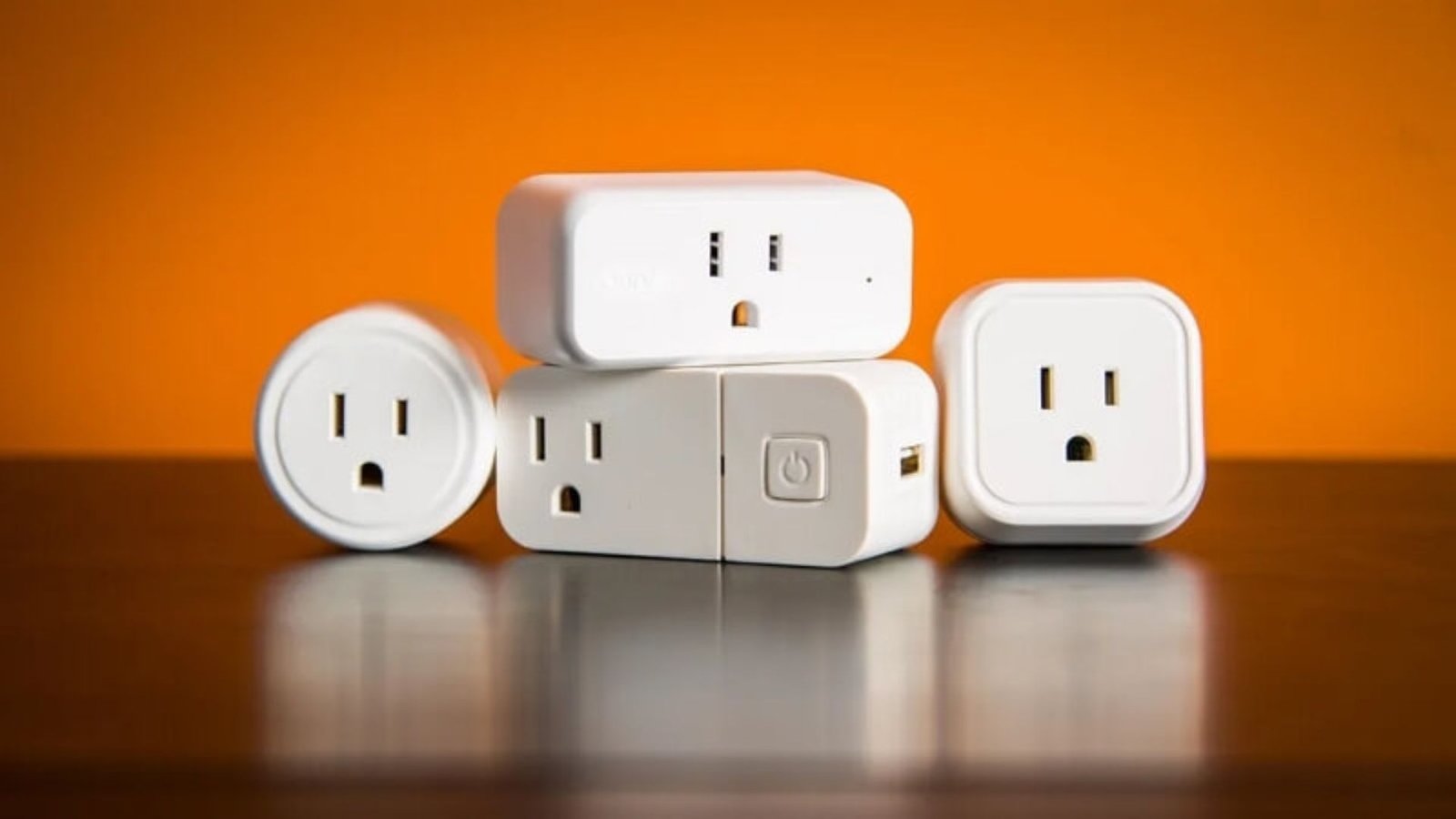Teaching kids about electronics basics is an essential step in helping them understand the world around them. Whether they are using gadgets, playing games, or learning new technologies, electronics are part of their daily life. By introducing them to basic concepts, we can build a foundation that will help them with problem-solving, creativity, and innovation in the future. In this article, we’ll share practical ways of teaching kids about electronics basics in a simple and fun way.
Start with Simple Electronic Toys and Kits
One of the best ways to begin teaching kids about electronics basics is by using toys and kits designed for learning. These products are designed to make learning about electronics fun and engaging. For example, you can use simple circuit-building kits that allow kids to create their own light bulbs, fans, or even small robots. These kits often come with clear instructions and colorful components that appeal to younger children.

By using toys like these, kids can easily grasp basic concepts like circuits, batteries, and switches. The hands-on experience helps them see how electronic components work together, which will make them more interested in exploring electronics further.
Introduce Basic Concepts with Everyday Examples
When teaching kids about electronics basics, it’s important to connect what they’re learning to everyday items. Explain how the devices they use daily, like smartphones, computers, and even microwaves, rely on basic electronics. You can show them how a light switch controls the flow of electricity, or how pressing a button on a remote sends a signal to the TV.
These real-life examples will help kids see how electronics affect their everyday lives. It also allows them to understand that electronics aren’t just something they use but something that’s part of the world around them.
Use Educational Videos and Apps
To make learning more engaging, use educational videos and apps that teach electronics basics in a fun, interactive way. There are many online resources that explain complex electronics concepts in a simplified manner. Some apps let kids build virtual circuits, control robots, or even simulate electronics systems. This type of interactive learning keeps kids entertained while they learn valuable skills.
These tools are perfect for visual learners and allow kids to experiment with electronics virtually, which is a great starting point before they move on to more hands-on activities.
Explain the Role of Electricity and Circuits
At the core of electronics is electricity. To teach kids about electronics basics, start by explaining how electricity works. Show them how electricity flows through wires, and explain the difference between conductors and insulators. You can use a simple battery-powered lightbulb to show them how a circuit is created when a battery, wire, and lightbulb are connected.
Once kids understand the basics of electricity and circuits, they will be able to apply these concepts to more advanced projects later on.
Encourage Problem-Solving and Critical Thinking
Teaching kids about electronics basics is not just about showing them how things work; it’s also about helping them think critically and solve problems. Give them challenges that require them to use their knowledge of electronics. For example, ask them to build a simple circuit that lights up a room or design a way to make a sound with a buzzer. These challenges encourage kids to think creatively and problem-solve, which are important skills in electronics and beyond.
Hands-On Learning with Soldering Projects
As kids get older and more comfortable with electronics, you can introduce them to soldering projects. Soldering is a process used to join metal parts together in electronics.
Introduce Kids to Programming and Robotics
Another exciting way of teaching kids about electronics basics is through programming and robotics. By introducing children to coding, you can help them learn how to control electronic devices. Robotics kits, like LEGO Mindstorms or VEX Robotics, also offer an interactive way to combine electronics with coding.
Create a Safe and Organized Workspace
To encourage kids to explore electronics safely and effectively, make sure they have a dedicated workspace. Keep all the tools, components, and materials organized and accessible. A clean, safe, and well-lit environment will make it easier for them to focus and complete their projects.
Conclusion
Teaching kids about electronics basics is a fun and rewarding experience. By starting with simple concepts, using hands-on projects, and providing the right tools and resources, you can help them develop essential skills that will serve them in the future.











